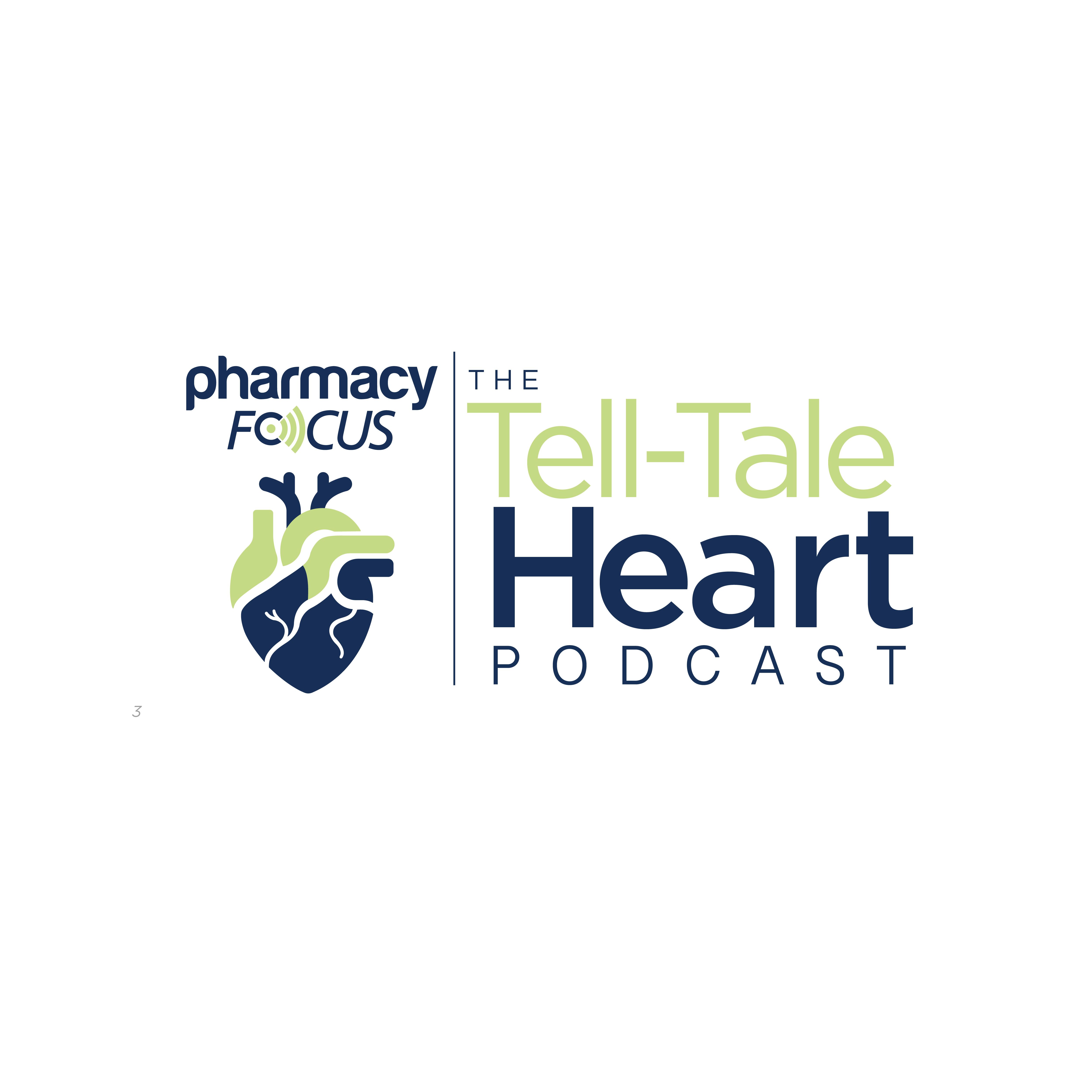Commentary
Article
Expert Q&A: Exploring the Role of GLP-1 Receptor Agonists in Diabetes Management
Pharmacists play a key role in educating patients and prescribers on the selection, use, and management of GLP-1 receptor agonists in diabetes care.
In an interview with Pharmacy Times®, Elaina Rosario, PharmD, CPh, BCACP, CDCES, clinical pharmacy coordinator, ambulatory care from Baptist Health, discussed the role of glucagon-like peptide-1 (GLP-1) receptor agonists in diabetes management.
Image credit: mingnimit | stock.adobe.com

Rosario shares how GLP-1s mimic the incretin hormone, leading to increased insulin secretion, suppressed glucagon, slowed gastric emptying, and increased satiety for better glucose control. She highlighted that these medications differ from others by often promoting weight loss, carrying a low risk of hypoglycemia, and potentially offering cardiovascular and renal benefits. Selecting a specific GLP-1 involves considering a patient's HbA1c levels, existing health conditions, lifestyle, and insurance coverage. Rosario emphasized factors like HbA1c reduction, comorbidities, lifestyle, and insurance coverage are key in choosing the most appropriate GLP-1 agonist.
Pharmacy Times: Can you describe the mechanism of action of GLP-1s and how they contribute to glycemic control in patients with type 2 diabetes?
Elaina Rosario, PharmD, CPh, BCACP, CDCES: GLP-1 receptor agonists are a class of medications that mimic the action of the naturally occurring incretin hormone GLP-1. This hormone plays a crucial role in regulating blood glucose levels.
GLP-1 receptor agonists work by activating GLP-1 receptors in various tissues, leading to:
- Increased insulin secretion – They stimulate the pancreas to release insulin in a glucose-dependent manner. This means that insulin release is enhanced when blood glucose levels are high, reducing the risk of hypoglycemia.
- Suppressed glucagon secretion – They inhibit the secretion of glucagon, a hormone that raises blood glucose levels. This helps to further prevent post-meal glucose spikes.
- Slowed gastric emptying – They slow down the rate at which the stomach empties its contents into the small intestine. This results in a more gradual absorption of glucose from food, leading to smoother blood glucose control.
- Increased satiety – They act on the brain to increase feelings of fullness and reduce appetite, which can contribute to weight loss.
Pharmacy Times: In what ways do GLP-1s differ from other classes of antidiabetic medications, in terms of their effects and potential benefits?
Rosario: GLP-1 receptor agonists stand out from other antidiabetic medications due to their unique mechanisms and associated benefits such as:
- Weight loss – A significant differentiator is their ability to promote weight loss. Many other diabetes medications, such as insulin and sulfonylureas, can lead to weight gain, which is counterproductive for many patients with type 2 diabetes. Other diabetes medications such as metformin and DPP-4 inhibitors have neutral effects on weight.
- Low risk of hypoglycemia – GLP-1 receptor agonists stimulate insulin release in a glucose-dependent manner which means they primarily work when blood sugars are high, minimizing the risk of hypoglycemia. Hypoglycemia is a common side effect of some other diabetes medications such as insulin and sulfonylureas.
- Cardiovascular and renal benefits – Increasingly, studies have shown that some GLP-1 receptor agonists may offer cardiovascular and renal benefits. This is a significant advantage over some older diabetes medications (sulfonylureas, insulin, DPP-4 inhibitors, and pioglitazone).
Pharmacy Times: How do you approach the selection of a specific GLP-1s for a patient with type 2 diabetes, considering factors such as their A1c level, comorbidities, lifestyle, and insurance coverage?
Rosario: The way I break down the key considerations for GL-1 receptor agonist selection includes the following:
- HbA1c reduction – Different GLP-1 receptor agonists have varying degrees of HbA1c-lowering efficacy. The choice may depend on the patient’s baseline HbA1c and their target HbA1c level. Currently, tirzepatide, semaglutide and dulaglutide have the higher relative HbA1c lowering effects.
- Comorbidities
- Certain GLP-1 receptor agonists have demonstrated cardiovascular benefits, making them preferable for patients with established cardiovascular disease or high cardiovascular risk. Currently, semaglutide, dulaglutide and liraglutide are FDA approved for risk reduction of major cardiovascular events (cardiovascular death, nonfatal myocardial infarction, nonfatal stroke) in adults with type 2 diabetes mellitus and established cardiovascular disease.
- Some GLP-1 receptor agonists have shown positive effects on kidney outcomes, which is important for patients with chronic kidney disease. Currently, semaglutide is the only GLP-1 receptor agonist FDA approved for risk reduction of sustained eGFR decline, end-stage kidney disease, and cardiovascular death in adults with type 2 diabetes mellitus and chronic kidney disease.
- GLP-1 receptor agonists are known for their weight loss effects, so they are particularly beneficial for patients with obesity. The degree of weight loss can vary between the different GLP-1 receptor agonists. Currently, tirzepatide and semaglutide have the higher relative weight lowering effects.
- GLP-1 receptor agonists can cause gastrointestinal side effects like nausea and vomiting. Patients with pre-existing gastrointestinal conditions may require careful monitoring or alternative therapies.
- Lifestyle – GLP-1 receptor agonists are available in various formulations, including daily and weekly injections. The patient’s lifestyle, adherence, and preferences should be considered when selecting an injection frequently. I will usually opt for the once weekly formulations of GLP-1 receptor agonists for my patients. GLP-1 receptor agonists are also most effective when combined with a healthy diet and regular exercise (including resistance training). Therefore, patient education and support are essential to promote lifestyle modifications.
- Insurance coverage – Insurance coverage varies significantly, and the cost of GLP-1 receptor agonists can be substantial. Checking the patient’s insurance formulary is essential to determine which medications are covered. Most GLP-1 receptor agonist manufacturers provide savings cards for patients that have insurance coverage with commercial/private insurance plans. Currently, semaglutide is the only medication that is available via Novo Nordisk Patient Assistance Program, a patient assistance program.
Pharmacy Times: What are the common adverse effects associated with GLP-1s, and how would you counsel a patient on managing or mitigating these effects?
Rosario: GLP-1 receptor agonists, while effective for glycemic control and weight loss, can cause several adverse effects, primarily related to the gastrointestinal system including nausea — this is the most frequently reported side effect, especially during the initial phase of treatment or after dose escalation; vomiting — which often accompanies nausea; diarrhea — which can occur, though it often resolves over time; constipation — some patients experience this instead of or in addition to diarrhea; abdominal discomfort or pain; decreased appetite; headache; dizziness; and injection site reactions.
The main patient counseling points I counsel on include starting low and going slow. I emphasize the importance of initiating therapy at a low dose and gradually titrating it up as tolerated as this can minimize gastrointestinal side effects. I recommend eating smaller, more frequent meals throughout the day and limit the amount of time you go without eating even if you aren't hungry. Additionally, I advise patients to avoid high-fat, greasy, or spicy foods, which can exacerbate nausea. I stress the importance of staying well-hydrated, especially if experiencing vomiting or diarrhea. Sometimes I will recommend changing the time of day that the injection is administered as that can have a positive effect (injecting at night before bedtime). I also reassure patients that most side effects are transient and tend to improve over time. I encourage patients to report any side effects to their doctor so that appropriate adjustments can be made. I provide thorough education on proper injection technique to minimize injection site reactions. I recommend regular monitoring for any potential complications is essential (usually monthly). Lastly, I educate the patient on the signs and symptoms of hypoglycemia, and what actions to take especially if the patient is taking other medications that lower blood sugar.
Pharmacy Times: Beyond glycemic control, what other potential benefits of GLP-1s are important to consider in the management of patients with type 2 diabetes, particularly those with cardiovascular disease or obesity?
Rosario: Certain GLP-1 receptor agonists have demonstrated cardiovascular benefits, making them preferable for patients with established cardiovascular disease or high cardiovascular risk. Currently, semaglutide, dulaglutide and liraglutide are FDA approved for risk reduction of major cardiovascular events (cardiovascular death, nonfatal myocardial infarction, nonfatal stroke) in adults with type 2 diabetes mellitus and established cardiovascular disease.
Some GLP-1 receptor agonists have shown positive effects on kidney outcomes, which is important for patients with chronic kidney disease. Currently, semaglutide is the only GLP-1 receptor agonist FDA approved for risk reduction of sustained eGFR decline, end-stage kidney disease, and cardiovascular death in adults with type 2 diabetes mellitus and chronic kidney disease.
GLP-1 receptor agonists are known for their weight loss effects, so they are particularly beneficial for patients with obesity. The degree of weight loss can vary between the different GLP-1 receptor agonists. Currently, tirzepatide and semaglutide have the higher relative weight lowering effects.
Pharmacy Times: How do you stay updated on the latest evidence and guidelines regarding the use of GLP-1s in diabetes management, and how do you incorporate this knowledge into your practice as a pharmacist?
Rosario: I stay updated on the latest evidence and guideline recommendations by following organizations like the American Diabetes Association and the American Association of Clinical Endocrinology as these organizations publish guidelines, consensus statements, and position papers at least yearly. Additionally, reading peer-reviewed journals such as The New England Journal of Medicine, The Lancet, Diabetes Care, and JAMA as these journals publish the latest clinical trials and research findings. As well as attending conferences, seminars, and webinars focused on diabetes management and participating in continuing education programs offered by organizations. These include the American Society of Health System Pharmacists (ASHP) and the Association of Diabetes Care & Education Specialists (ADCES). Lastly, by utilizing reputable drug information resources like Lexicomp, Micromedex, and UpToDate to access current drug information.
Currently, I work collaboratively with primary care providers and endocrinologists to help manage patients with type 2 diabetes. By staying up to date with the latest evidence and guidelines, I can provide high level patient care in the form of medication management, patient education, adverse effect mitigation, and medication coverage support.
Pharmacy Times: What potential future roles do you see for GLP-1s, both in diabetes management and in treating other chronic conditions?
Rosario: There is promising research that is on-going around the potential benefits of GLP-1 receptor agonists on metabolic dysfunction-associated fatty liver disease (MAFLD), neurodegenerative diseases such as Alzheimer disease and Parkinson’s disease, kidney disease, and addiction.






